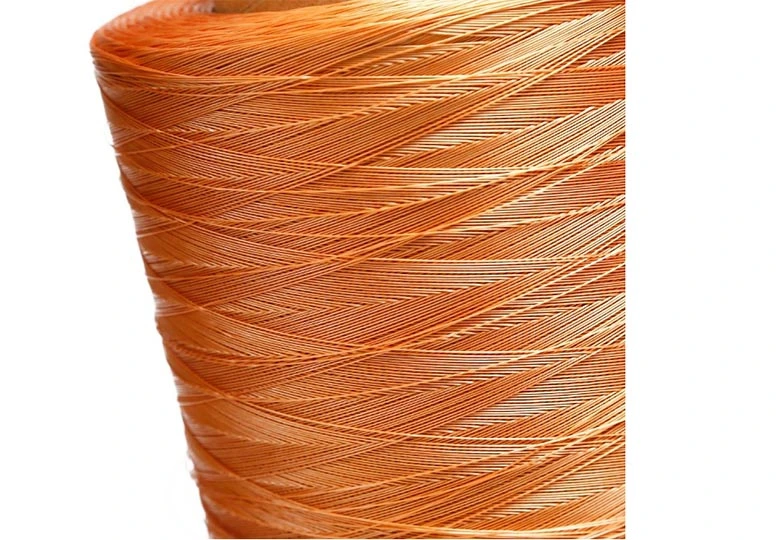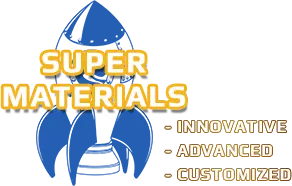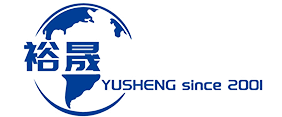
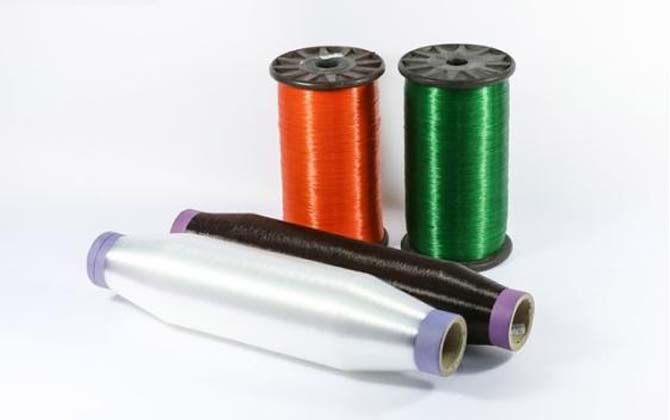
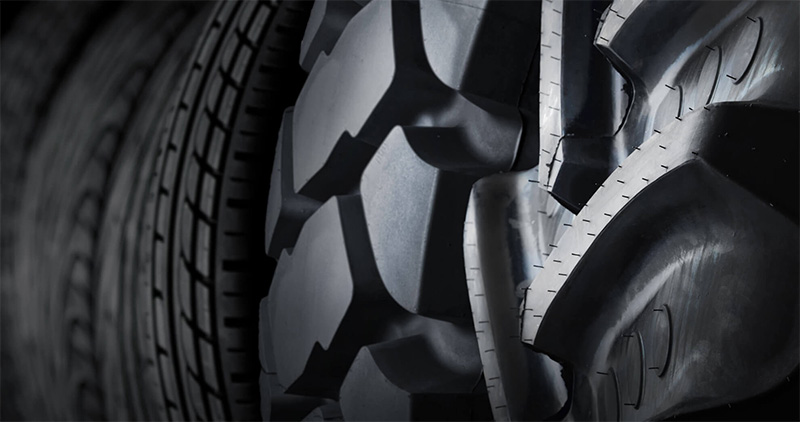
Many industries are looking for sustainable alternatives to synthetic filler products that stem from fossil fuels. Currently, carbon black enjoys the lion’s share of filler usage in the world. It has excellent reinforcing properties, provides UV protection and is easier to process than other types of fillers.
Unfortunately, the cost of carbon black is indexed to the price of oil, so natural disasters, oil shortages and political strife can cause economic swings that can be detrimental to the rubber industry. Carbon black for tires also is governed by EPA regulations restricting NOx and SOx emissions that dictate how many emissions each plant is allowed to produce, which in recent history shuttered some plants for months at a time, creating supply issues.
Carbon black is produced from oil that has polyaromatic hydrocarbons (PAH’s) on its surface, which makes it a carcinogen, increasing the likelihood of further regulations down the road. Many a rubber raw material manufacturer are looking for sustainable filler options that do not carry health risks. If carbonizing soybean hulls in a nitrogen atmosphere is successful, this could lead to a new sustainable filler that could compete with carbon black and increase the need for soybean farm production in North America without impacting the food supply, since the soybean hull is what is left over after the soybean has been harvested.
Many companies have successfully pyrolyzed carbon black from used tires and are selling this recycled black to the market. However, the reinforcing properties of pyrolyzed black are low, which limits where and how it can be used.
Recently, it has come to light that salmon die-off in the western U.S. may be attributed to common tire tread antioxidants/ antiozonants TMQ and 6ppd. If these antidegradents see future regulations, this may dramatically limit the pool of tires available for recycle.
Work has been done in Japan at the Tsuruoka National College of Technology to use carbonized soybean hulls to increase the conductivity in rubber compounds. The paper is called “Electromagnetic Shielding in Rubber Composite Materials with Soy Hull Carbon Particles.”
We Value Your Privacy.
Our website uses cookies to improve your experience. By clicking "Accept All Cookies", you agree to the storing of cookies on your device to enhance site navigation, analyze site usage, and assist in our marketing efforts.
 English
English 日本語
日本語 한국어
한국어 français
français Deutsch
Deutsch Español
Español italiano
italiano русский
русский português
português العربية
العربية tiếng việt
tiếng việt
